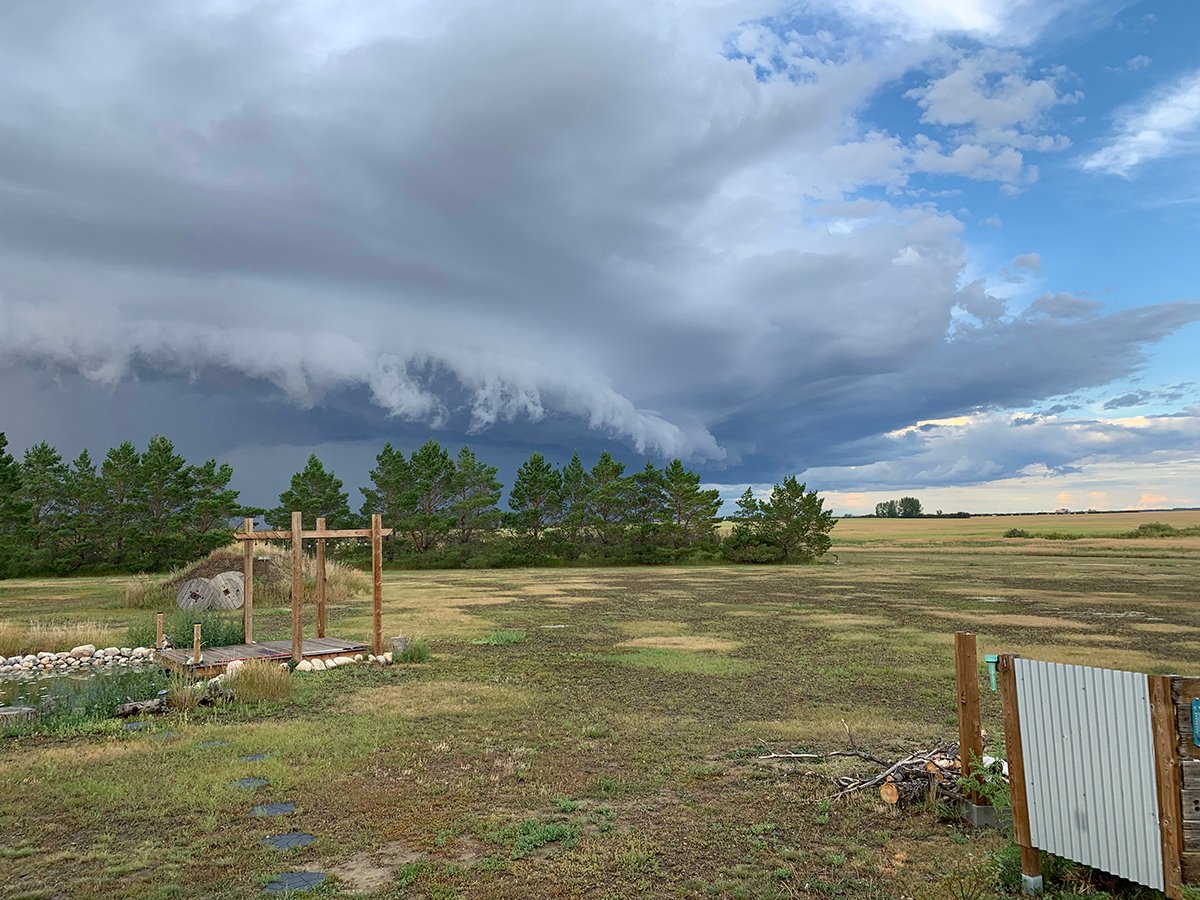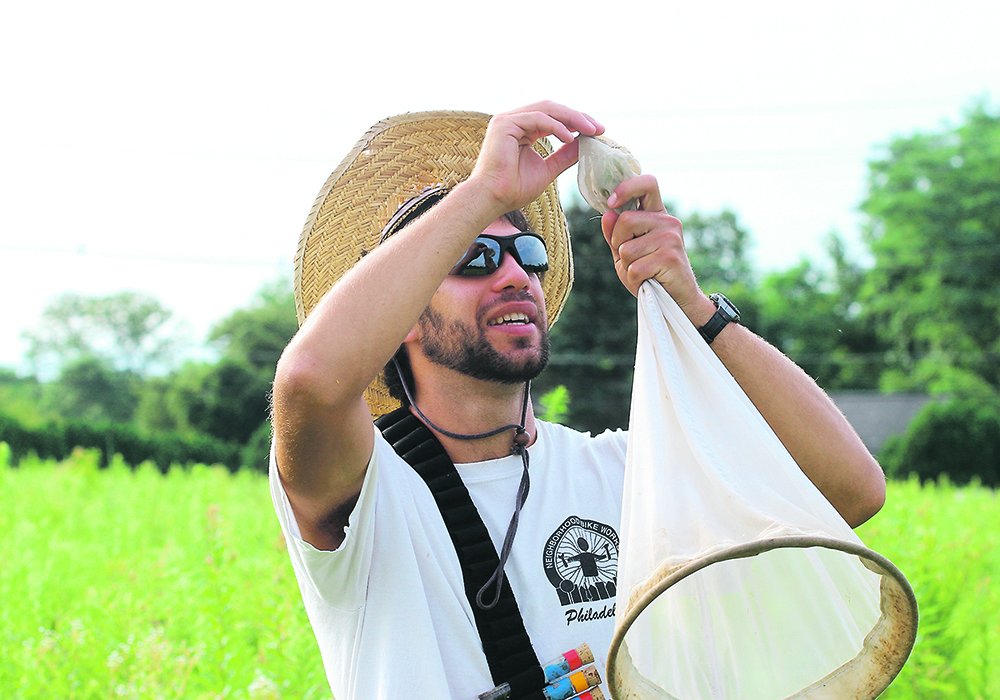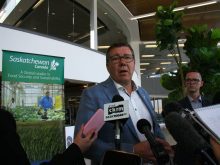Researchers find that the more plant species there are in a meadow, the more bee species are required for pollination
Think of bees and most people think of honeybees and bumblebees as the striped, fuzzy familiar insects that pollinate flowers and crops.
However, Canada has some 800 native species of bees while the United States has more than 4,000 native bee species.
Many live solitary lives rather than in hives and don’t make honey. But their life cycles are important to ecosystem health.
Research by scientists at the University of Maryland has demonstrated just how valuable all bees are in a complex community of plants. Previous research on bees as pollinators tended to focus on specific plants — often crops — or plant communities as a single entity. The focus was often on the more common bees rather than how many pollinator species are needed to pollinate all the plant species in each ecological community.
Read Also

Storm dynamics and extreme rainfall
Besides moisture, instability and orographic lift, the next biggest factor that contributes to heavy or extreme rainfall is storm dynamics.
The University of Maryland study examined those shortcomings, said Michael Roswell, postdoctoral associate in the university’s Department of Entomology.
“Our intuition and observation in the field pushed against that narrative and we felt that maybe there was more going on under the hood. It seemed there was a lot more differentiation between these species and what kinds of plants they were visiting in natural settings than we were finding on crop fields and that seemed an important part of the story.”
Roswell and his colleagues found that the more plant species there are in a meadow, the more bee species are needed for pollination. They found that less common bees visited specific plants that other species did not visit, shedding light on the role of rare species in ecosystems. He said that rare may mean they are numerically rare but not necessarily declining. Their population may be fundamentally limited by lack of nesting sites, disease, or parasites.
A striking finding of the study is that a substantial portion of the functionally important bee species in the analyses were also rare in their community.
“There are a decent proportion of bee species that have higher degrees of dietary specialization,” he said. “We know that from pollen, where there are groups of bees that will only visit one plant species or genus. It tends to be the case that specialists are rare.”
He said they knew before the study that unusual bee species specialized on a plant or a group of plants and they would be important pollinators for those plants.
The team observed 180 bee species in 11 plant-bee plots in New Jersey.
There were a variety of sizes of meadows and one plot was an experimental garden where the plants were in small, square plots with only a single species in each of them.
Other plots were more naturalistic meadows.
The observed bees made nearly 22,000 visits to more than 130 different plant species. The team relied on these encounters to estimate the pollination services each type of bee provided to each plant because a plant’s most frequent floral visitors are typically its most important pollinators.
While the meadows in the study were just a few acres in size, Roswell said that a typical bee flies over several square kilometres, filled with many kinds of plants flowering at different times and visited by different insects. Scaling that up, a greater diversity of pollinators is important.
He said they were finding four or five species important on a typical single plant while some plants only had a single pollinator.
“What was really striking from the study was that ecosystems were being driven by many distinct species and those rare species are still important on one plant species and are having an effect relative to the total abundance.
“The thing that’s important to remember is that the vast majority of species are rare and so it is hard to know what our expectations should be. Because most species are rare, it would be shocking if rare species were unimportant as that would go against biodiversity.”
Their analyses showed that an entire meadow community relied on 2.5 to 7.5 times more bee species for pollination than that of a single typical plant species and that the number of important bee species rose rapidly with plant species richness.
They also found that the locally rare species accounted for up to 25 percent of the important pollinator species, and that number was greatest in meadows with the most plant diversity, suggesting that, at larger scales such as entire ecosystems, the number of locally rare species that are important for pollination is even greater.
The research showed that the more plant species there are, the more bee species are needed for pollination. Less common bees often visited specific plants that other bee species didn’t.
“Different pollinators are doing different things in the environment where they occur,” Roswell said. “That is why, in this study, we found that biodiversity was so important.”
The research was published in the journal Proceedings of the Royal Society B: Biological Sciences.















